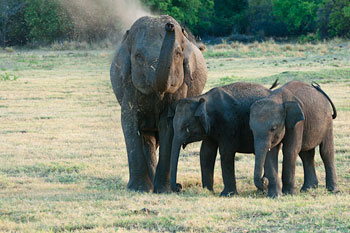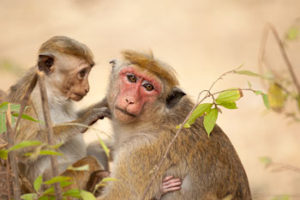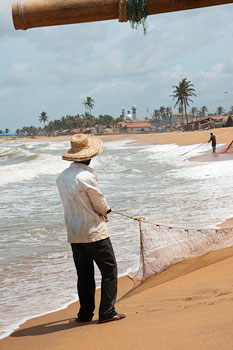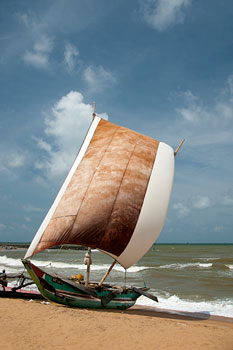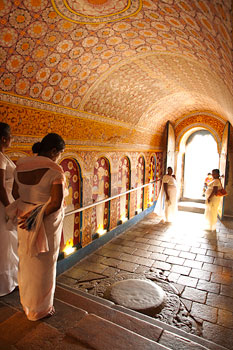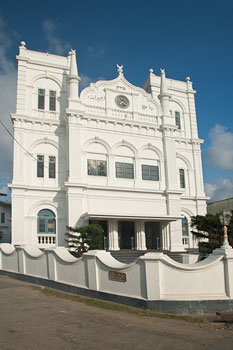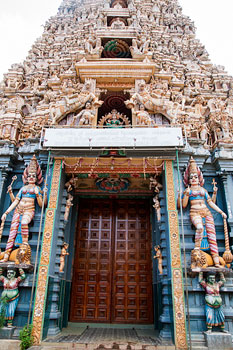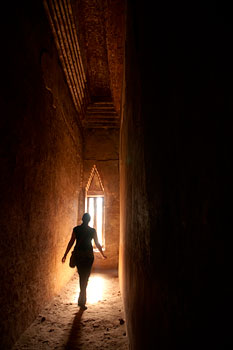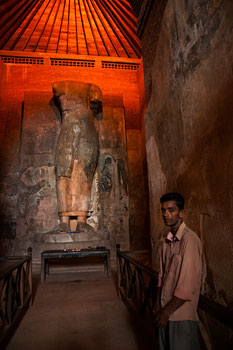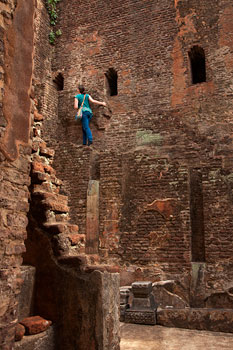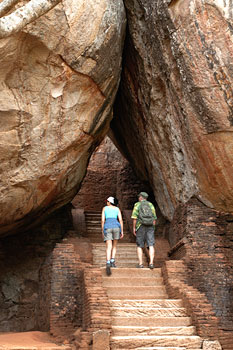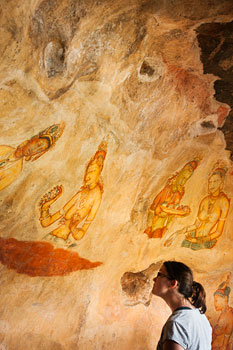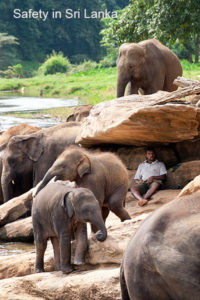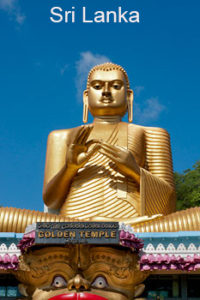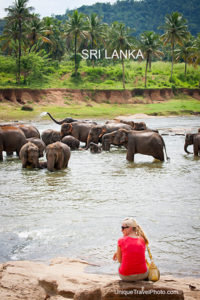
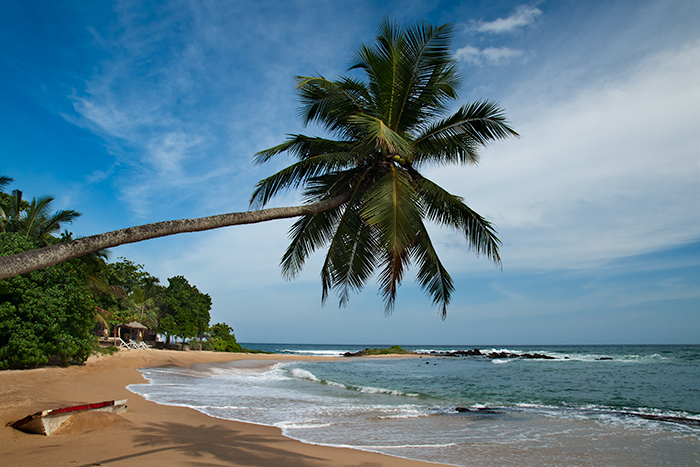
Tropical beach, southern coast, Tangalla
I can’t quit thinking about the calculated, carefully orchestrated, heinous killing spree that targeted Western tourists and Christian people in Sri Lanka on Easter Sunday. So far the death toll is 253 people, and still rising, with another 400 or so lying in hospitals. The 8 bombs that were simultaneously detonated around 8:45am April 21, 2019, exploded inside 3 churches and 3 high-end hotels in the capital Colombo, Negombo and Batticaloa. A 4th bomb failed to explode at another undisclosed hotel and another bomb headed to the international airport in Colombo was defused.
According to the latest news reports, both Islamic extremist groups Islamic State (ISIS) and Daesh are claiming responsibility for the attacks and may have issued the acts of violence in retaliation for the crime of one Australian man, working independently, who shot 50 people dead in 2 mosques in Christchurch, New Zealand last month. But other sources claim the complexity of the calculated plot was likely an organized terrorist attack months in the making, not a few weeks.
The senseless slaughter is sending shock waves through the country like the devastating tsunami that hit there in 2004 on Boxing Day.

.jpg)
Polonnaruwa ruins, UNESCO site
As if Sri Lankans haven’t suffered enough in the last 40 years. When I visited in 2011, their civil war which had dragged on for 25 years had come to an end just three years before. Commercial planes were flying again, bringing tourists to this tropical island in the Indian Ocean. And now, after a decade of relative peace, disaster strikes again.
Religious tension, dissension, anger and retaliation is rising like a taunt rubberband being stretched tighter and tighter until it snaps— resulting in hostility of unspeakable acts.

.jpg)
Monk praying at Polonnaruwa ruins
Who knows the implications these acts will have inciting further strife? In the early aftermath, raw anger is causing locals to destroy Muslim homes and businesses in revenge, spreading misguided hate, forcing some Muslim families to leave their communities and escape. Police guard the entrances to mosques. At Colombo’s Dewategaha mosque, banners have been hung stating “Terrorists and extremism has no place in Islam. We stand with our Christian brethren in grief.” But tensions are high.
Salley, the Chairman of the Dewategaha mosque and Hilmy Ahamed, vice-president of the Muslim Council of Sri Lanka tried to warn Sri Lankan intelligence about the actions and YouTube preachings of local ringleader Zahran Hashim, a radical Islamist who reportedly led the attacks. But news reports indicate that police didn’t act on the warnings or videos of Zahran’s rants nor act on Indian intelligence information that warned Sri Lanka about the possibility of these attacks just days before they happened. But exactly which groups were responsible is yet to be determined.
Blame and accountability issues aside, what will happen to the country? The people? Religious tolerance? And when will tourists feel safe returning again?

.jpg)
Elephants bathing in the river
I loved my time in Sri Lanka. Which makes me extremely sad to think of the people I met and how their lives may be impacted. Families torn apart, buildings destroyed, businesses burned— anger spewing in a country that was gaining an upward momentum of established peace.
Looking back over images I took 8 years ago, I’m reminded of the sheer variety of things to see and do on this small island off the southern tip of India. There’s much to offer independent travelers. Wildlife, ancient ruins, fascinating temples, Ayurveda treatments, gorgeous beaches, and the food, oh the delicious food! But it’s the people that always make a lasting impression on your experience.
I’ll admit that safety in Sri Lanka felt dicier in the crazy chaotic traffic and in the congested areas, as is true most everywhere. At times there was a palpable undercurrent of suspicious glances, heightened anxiety and fretful faces scarred from nearly 30 years of civil unrest. But away from crowded cities, Sri Lankan people were genuinely warm and approachable. I remember the gentle nature, curiosity and open friendliness of many of the people I came into contact with—on the train, at ruin sites, the beach, the tea plantation, and the sweet family that welcomed my friend Ellen and I during a homestay in Galle.
PEOPLE

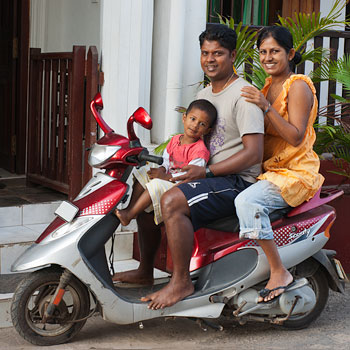

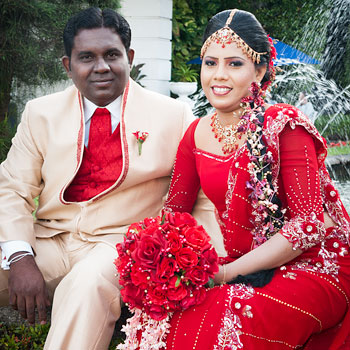
SCENICS, ANIMALS & CULTURE
The most mellow parts of Sri Lanka were the coasts, national parks and the amazing Ceylon tea plantations in the central highlands. We hired a private driver for 10 days at a ridiculously inexpensive rate ($50 day covered air conditioned sedan, driver’s lodging & meals) and felt very safe being whisked around the country. He gave us the inside scoop about everywhere we went, accompanied us to Negombo’s busy fish market and other places he wanted to keep a protective eye on us. Other times we were on our own, like taking the train to the Hill Country or exploring the Dutch fort of Galle for a couple days. Wildlife was plentiful throughout the country–from cheeky monkeys hanging out at temples to elephants in Pinnawala and Minneriya National Park.

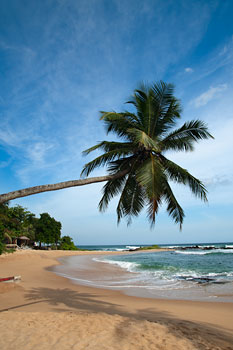

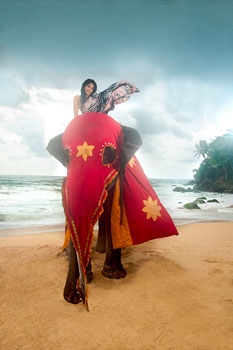

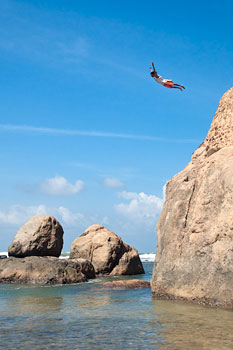
More peaceful times in Negombo, which lost 100+ people in the St. Sebastian church suicide bombing Easter Sunday. (Picture below is St. Mary’s church in Negombo)
ARCHITECTURE
We felt safe wandering around ancient Polonnaruwa ruins (practically had the place to ourselves), Kandy’s Temple of the Sacred Tooth, Sigiriya Rock fortress (beware of hornets), Dambulla Cave, and Bawa’s 20th c. tropical modern architecture properties—which were all extremely fascinating.

.jpg)
Sacred Quadrangle at Polonnaruwa ruins, UNESCO site

.jpg)
Lunuganga Estate of Geoffrey Bawa, Tropical Modernism Minimalism
RISK & SAFETY WHEN TRAVELING
As travelers, we take certain risks no matter where we go. Obviously entering war zones or countries with open hatred toward Westerners is something altogether different. Sri Lanka had neither. Terrorist activity can hit anywhere. Abroad or at home.
So what should you do if you’re caught in a place that’s suddenly NOT safe?
– Check current travel advisories for that region online: Travel.State.Gov and type in your destination.
– Monitor local radio news for updates about the situation.
– Avoid public areas: restaurants, hotels, churches, temples, mosques, govt buildings, sporting events, shopping malls.
– Stay away from large congregated groups.
– Move out of a large hotel and into a small inn.
– Avoid public transportation. Hire a private driver instead (very affordable in Sri Lanka).
– Trust your instinct. Hone in on your observation skills and “be aware” of your surroundings.
– Avoid traveling solo along southern beaches where there have been reports of isolated attacks around Tangalla.
– Avoid wearing anything with logos, glitz, or bright colors and try instead to blend in. Ditch the camera, fanny pack, the map. Don’t look like a tourist.
– Call your emergency contact in the country (personal guide, private driver, homestay host).
– Use common sense. Don’t voice your opinion, join the riot or be the hero. Lie low and out of view.
– Local police phone number in Sri Lanka is 119. There is no medical emergency number.
– Call your Embassy for advice. U.S. Embassy in Sri Lanka is 210 Galle Road in Colombo (94 11 249-8500)
Before you leave home:
– Know the location and phone number of your country’s Embassy.
– Enroll in the Smart Traveler Enrollment Program (free service for U.S. citizens to receive alerts about safety conditions)
– Download a translator app in advance if traveling to a country where you don’t speak the language. It could come in very handy if separated from the touristy area you were in.
– Have an emergency contact in the country. It can be a personal guide or a private driver that you intend to use (check references/reviews prior to your trip).
– Scan a copy of your passport, driver’s license and itinerary and email it to yourself to have as another copy should you need to access it from anywhere.
– Research the destination fully, identify potential danger zones or conflict areas and arrange your itinerary accordingly. Currently, Negombo and Colombo are the riskiest on the west coast.
– Check the safety of public transportation, read up on crime reports and common scams in Sri Lanka.
– Know where to exchange money or where to use ATMs safely. Card skimmers have been an issue in Sri Lanka. Cash is best when in doubt.
– Research the weather for natural disasters. Avoid monsoon season May to October if traveling to Sri Lanka’s southwest as landslides and mudslides regularly occur.
– Take out travel insurance, after carefully examining what it does and doesn’t cover.

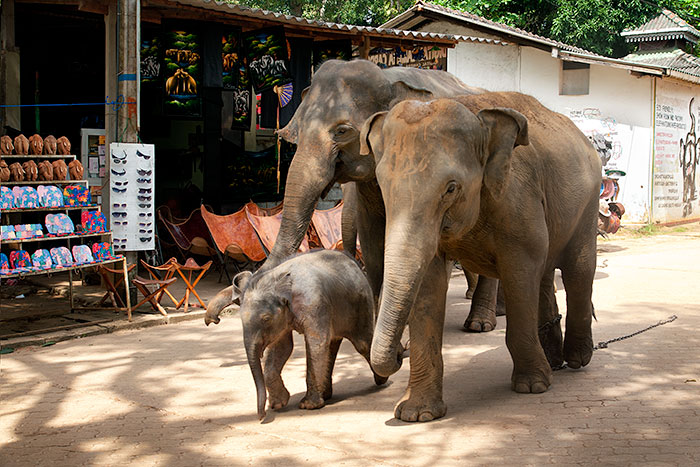
Be prepared for the unexpected.
Safety in Sri Lanka is currently at a Level 2 Travel Advisory: Exercise increased caution due to terrorism according to the Bureau of Consular Affairs. Be prepared, stay safe and travel wisely! Sri Lanka is a special place to explore when tolerance, respect and peace is once again restored.
Pin it. Pick a pic & save to your Pinterest travel board to read later.


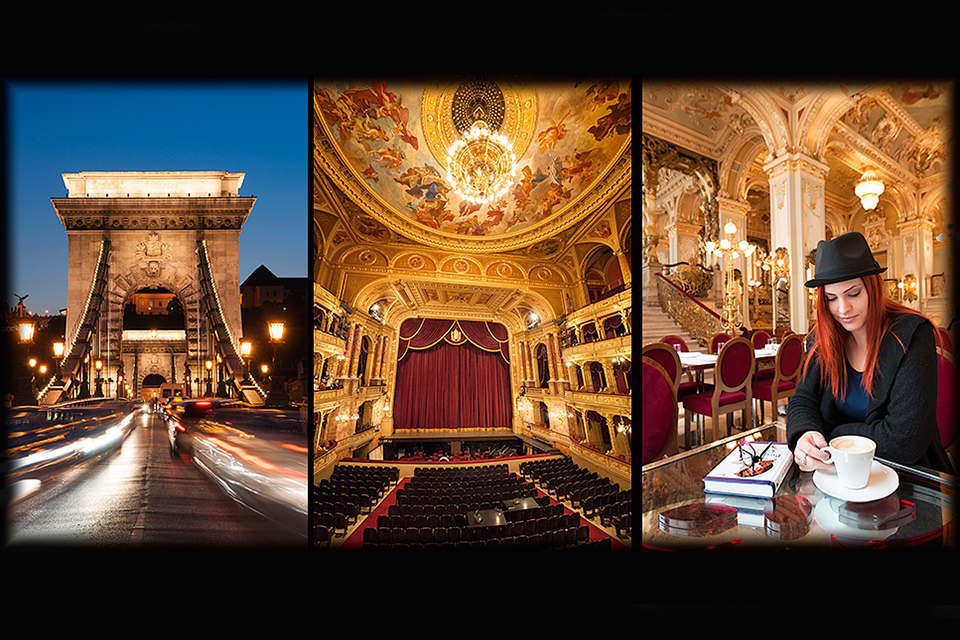
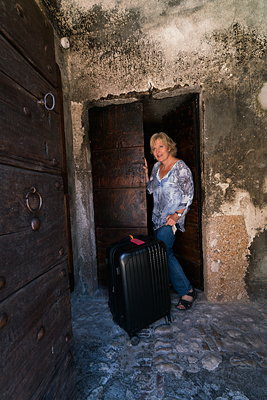
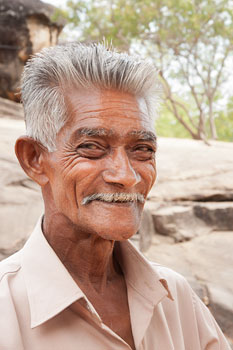
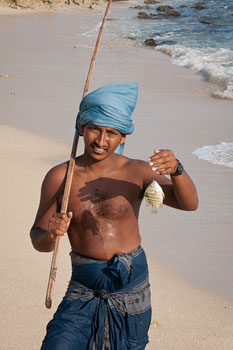
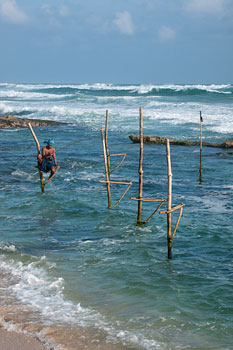
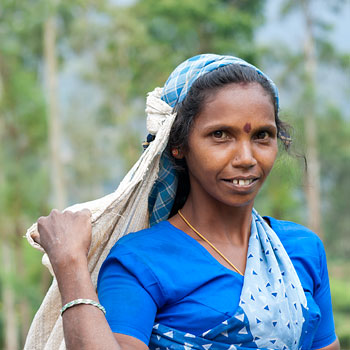

.jpg)
.jpg)
